 Technology peripherals
Technology peripherals
 AI
AI
 A painful lesson! How did Google fall from the AI big brother step by step?
A painful lesson! How did Google fall from the AI big brother step by step?
A painful lesson! How did Google fall from the AI big brother step by step?
Google’s intestines are filled with regret.
VR, which has been worshiped wholeheartedly for many years, seems to be a false god at present.
Now seeing that rivals Microsoft and OpenAI have gained enough attention with ChatGPT, Google hastily changed its strategy and accelerated the research and development of AI.
The irony is that all this happened because Google had previously firmly believed that it had monopolized the AI market.
Google does have reason to think so.
In 2017, Google researchers published the famous paper "Attention is all you need", which introduced the concept of Transformer and greatly improved the potential capabilities of machine learning models. .
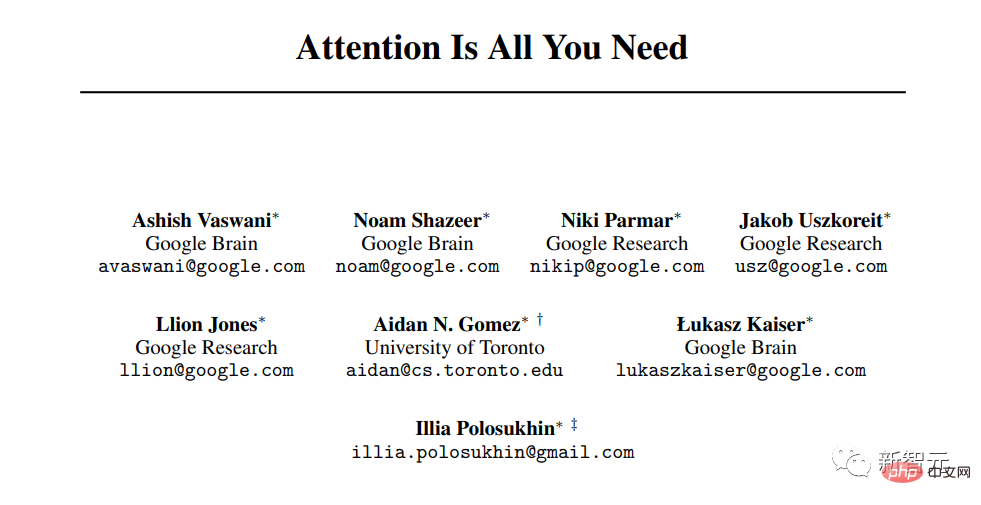
To summarize the huge influence of Transformer, it is enough to say this sentence: it is " T".
You may ask: Why would Google open source such a good thing for free?
Large private research institutions used to be criticized for hiding their work, but in recent years, open source has become a trend.
Because this is a game of prestige and a concession to researchers who would prefer their employers not to overshadow them.
Of course, there is also an element of arrogance in this: As the inventor of this technology, how could Google not be its best user?
We all know the subsequent story.
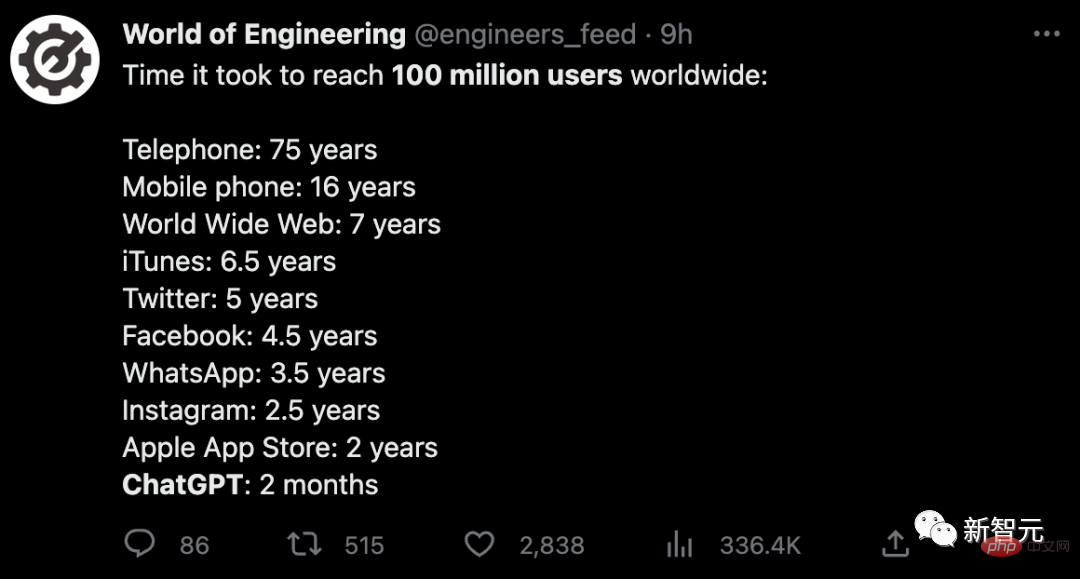
This ChatGPT craze was caught off guard.
Learning to understand and utilize a new tool takes time. Now, every big tech company is exploring what this new era of AI will bring and what they need to do to get there.
And Google, which made the ChatGPT infrastructure Transformer, regretted it.
Understandably, Google doesn’t want to kill the golden goose by prematurely merging search with their existing half-baked generic LLM model. They have become experts at deploying highly specialized AI task models that can do one or two things.
But their comfortable position saddles them with inertia when it comes to big plays.
So is Google down? Of course not. In the near future, it will still be everyone's default as a hugely profitable big technology company. It just looks a little funny.
Continuously improving Assistant is a bit futile
There is no doubt that Google has made extraordinary contributions to the field of AI.
In the past few years, it has made significant progress in designing AI computing hardware, built a useful platform for developers to test and develop machine learning models, and published a large number of Thesis, from model fine-tuning to speech synthesis.
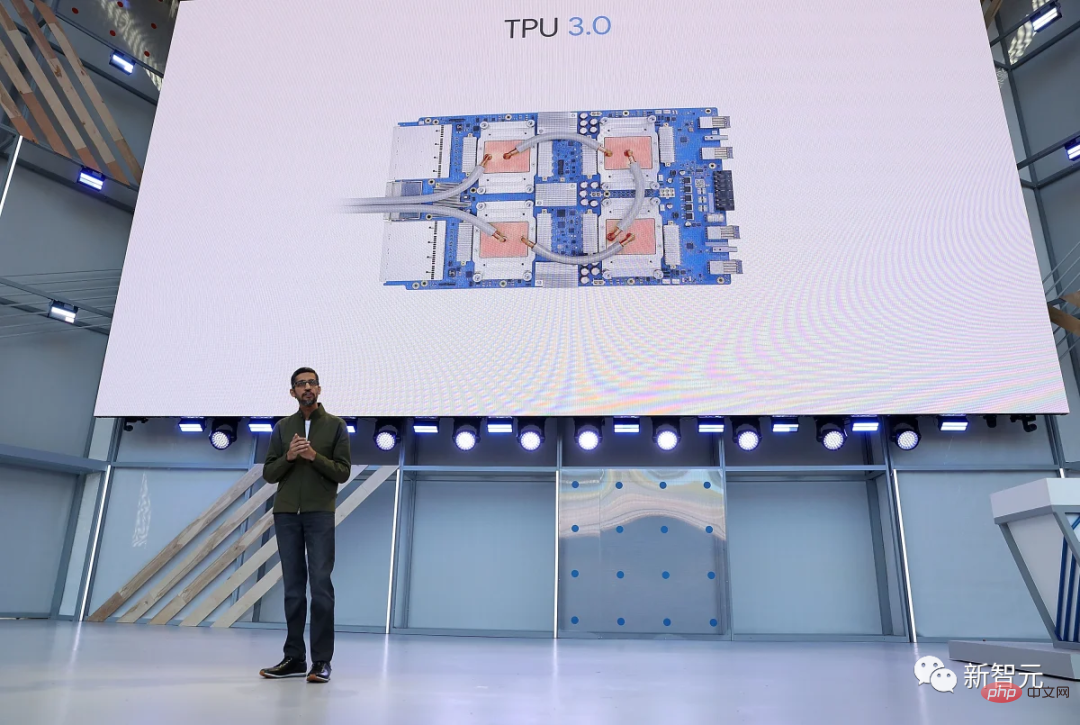
Google CEO Sundar Pichai delivered a keynote at the Google I/O 2018 conference on May 8, 2018 Speech
However, this company also has a serious problem.
Many of us have heard anecdotes from Google employees and other industry insiders—that the way Google operates is too feudal. There seems to be a conventional wisdom here that running a project on the back of an existing product, such as a map or assistant, is a reliable way to make money.
Therefore, although the company has accumulated many of the world's best AI researchers, their talents seem to be trapped in the orbit of corporate strategy.
What is the result of doing this? Let's take a look at the schedule below.
In 2018, Google’s results were improved Google Assistant flow, Photos (such as colorizing monochrome images), and smart displays with a “vision-first version of the Assistant” (someone saw (Ever?), Map Assistant, AI-assisted Google News and MLKit.
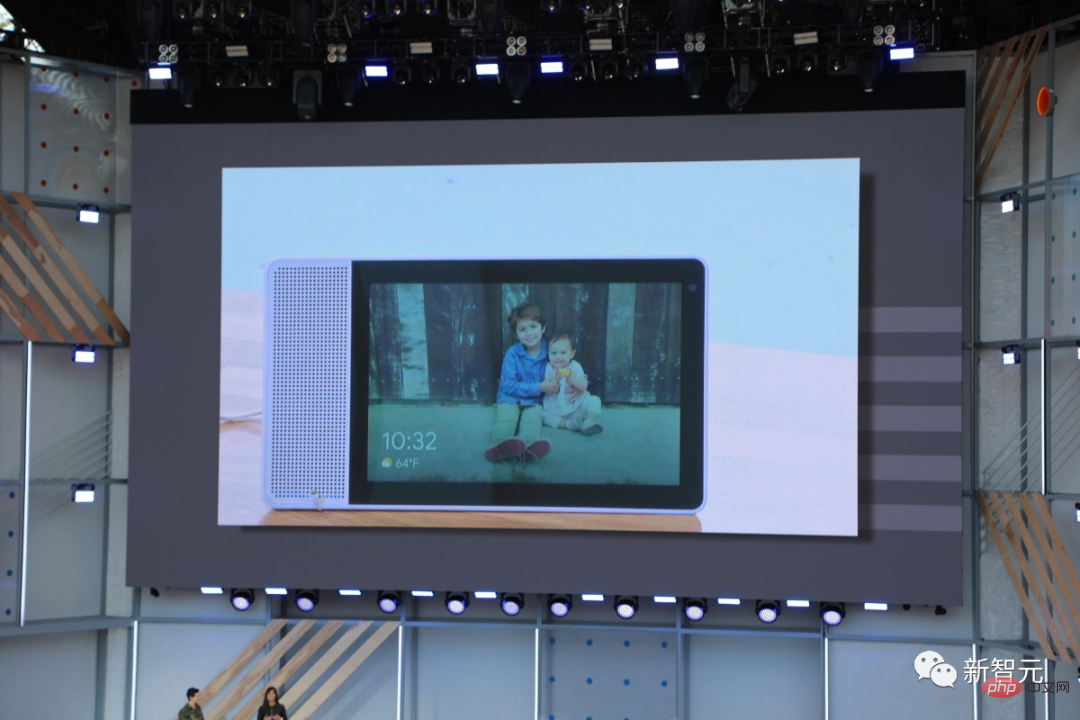
Google Assistant is coming to Google Maps
2019 saw Google show off more famous and larger smart displays, AR search results, AR maps, Google Lens updates, Duplex for the web (anyone remember Duplex?), a condensed version of Google that can do more work locally Assistant, Assistant in Waze, Assistant in Driving Mode, real-time subtitles, live broadcast (speech recognition) and a project to better understand people with speech disabilities.
Of course, it’s safe to say that some of these products are great!
However, most of them are just a ready-made thing, the difference is that it is driven by AI.

Google launches ML Kit, an SDK that makes it easy to add AI to iOS and Android apps
# Looking back now, many people will feel that Google is indeed a bit timid.
Big companies like Google should be able to follow trends and promote trends.
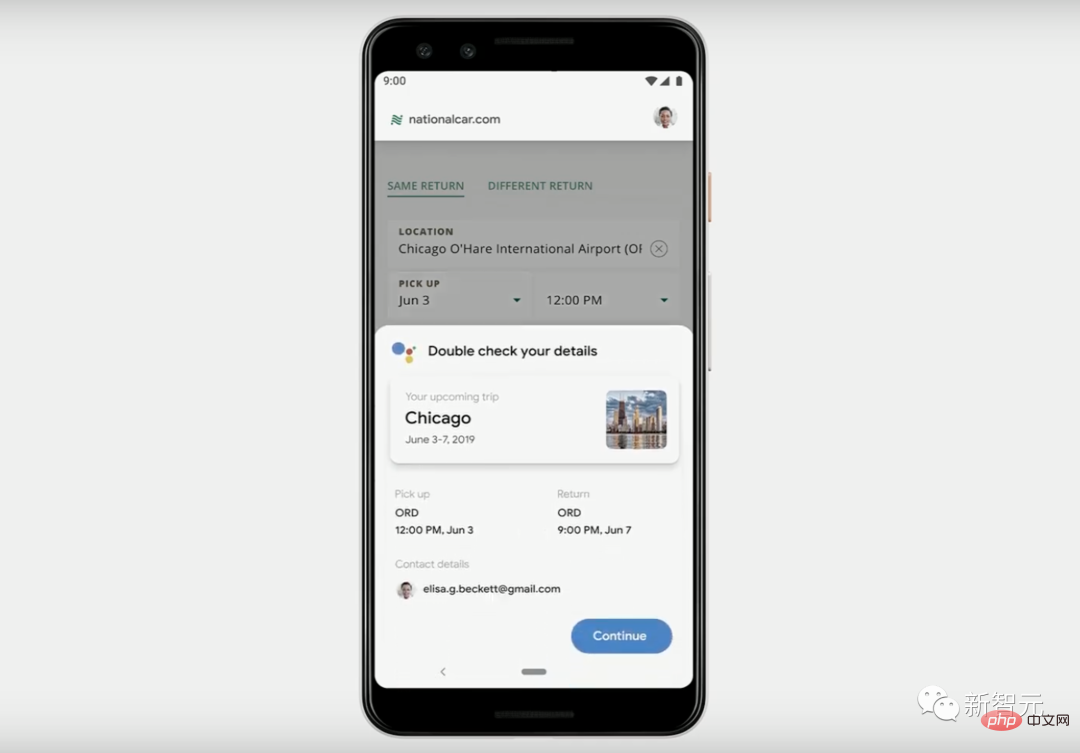
Google launches Duplex, an AI-based customer service tool designed to help small businesses ( Such as restaurants and hair salons) to answer more calls, answer frequently asked questions and arrange reservations
And in February 2019, OpenAI had this news: "OpenAI Built a really nice text generator but couldn't release it because it was too dangerous".
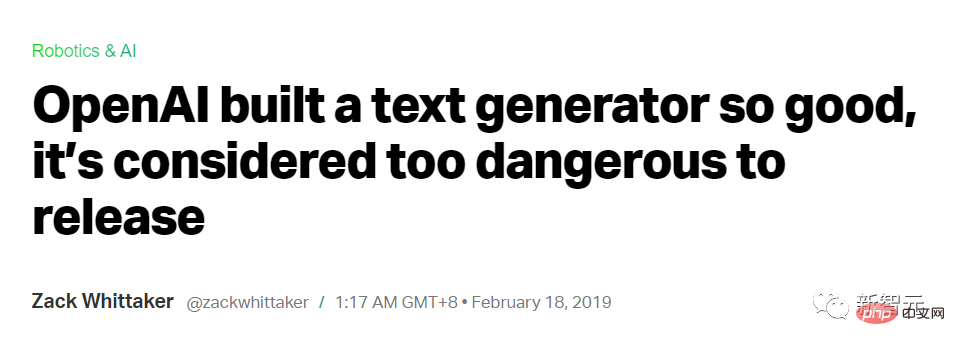
This news is not about GPT-3, not GPT-3.5...but GPT-2.
In 2020, Google made an AI-powered Pinterest clone, then fired Timnit Gebru — one of the leading voices in AI ethics — in December after he wrote A paper pointing out the limitations and dangers of this technology.
Although we have seen the popularity of ChatGPT now, in fact, Sam Altman, the co-founder of OpenAI, had to personally suppress the hype for GPT-3 because it exceeded affordable level.
In 2021, Google’s large language model LaMDA made its debut, but Google did not really bring it to the market. It is reported that in addition to reducing the errors thrown by Assistant, Google is still looking for reasons for its existence.
And OpenAI’s 2021 started with DALL-E, this text-to-image model quickly became a household name.

OpenAI has demonstrated that through systems such as CLIP, LLM can not only perform language tasks, but also act as a general interpretation and generation engine.
In 2022, what Google will do is make more adjustments to Assistant, more smart displays, more AR maps, and spend $100 million to acquire AI-generated personal data Image (acquired by Alter).
In the same year, OpenAI released DALL-E 2 in April and ChatGPT in December.
Perhaps at some point in early 2022, when Google executives opened their eyes, they were frightened by what they saw.
As you can imagine, confused Google executives rushed to send emails asking why some dynamic startups were running around OpenAI.
The evidence is that Imagen withdrew one month after the release of DALL-E 2. In fact, it makes no difference whether to withdraw or not, just like other AI research announced by Google, any No one can test it, let alone connect to the API.
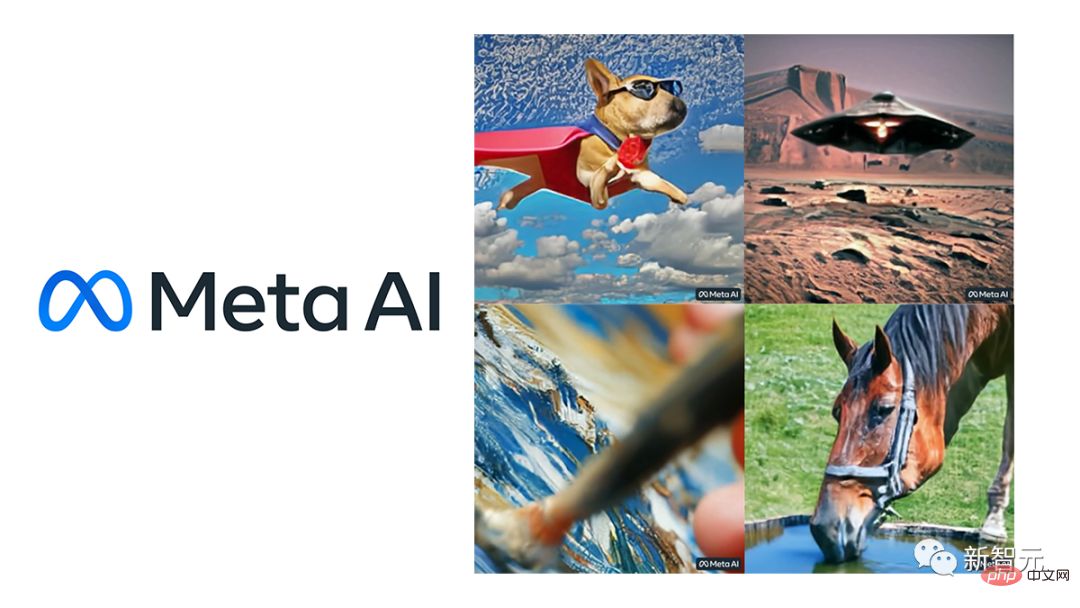
Then, after Meta released Make-A-Video in September, Google launched it with Imagen Video a week later respond. Then Riffusion made waves in generating music, and a month later MusicLM came out (again, we still can't use it).
But it is certain that Google is following the example of others precisely because of the anxiety that ChatGPT has brought to Google’s leadership, so that they can only go all out.
But in fact, insiders know that ChatGPT is completely different from the Assistant product that Google has invested in for ten years. The latter is actually a fake AI pretending to be (actually just a natural set of APIs). It’s just a language front-end).
But Google was frightened by the competition for survival.
Times make heroes
However, it is still a bit premature to call Bing a "competitor" of Google search. After all, it is compared with 92% of Google's In comparison, Bing’s global share is only 3%.

But the search engine successfully combined Microsoft’s need for innovation with its core competencies in large-scale language models Up, thus creating the latest GPT model integration with Bing and Edge.
Seeing this, Google was obviously anxious, so it tried to attract attention with an empty blog post the day before Microsoft released ChatGPT.
But the release was so hasty that Google didn’t even mention Bard at the “Search and Artificial Intelligence” event two days later.
In addition, the image used to promote Bard also contained a very serious error: the James Webb Space Telescope "took the first photos of planets outside the solar system." Obviously, this is wrong.
What’s even more shocking is that no one within Google discovered or even cared about this issue.

Of course, ChatGPT also has its own problems.
But Google jumped the gun and stumbled so obviously. It just goes to show that Google is unprepared even on a limited, experimental level, let alone a global rollout like Microsoft.
Google is still that Google
So, does this mean the decline of Google?
Of course not, it will remain our default search engine, and a hugely profitable company, for the near future.
But it can also be seen from the subsequent sharp drop in stock prices that investors' confidence has been shaken.
It turns out that Google has not carried out any meaningful innovation in the past few years. And this may not be out of wisdom, but out of pride.
However, we cannot make too many predictions when new technologies have not yet proven themselves to be as valuable as everyone thinks.
The above is the detailed content of A painful lesson! How did Google fall from the AI big brother step by step?. For more information, please follow other related articles on the PHP Chinese website!

Hot AI Tools

Undresser.AI Undress
AI-powered app for creating realistic nude photos

AI Clothes Remover
Online AI tool for removing clothes from photos.

Undress AI Tool
Undress images for free

Clothoff.io
AI clothes remover

Video Face Swap
Swap faces in any video effortlessly with our completely free AI face swap tool!

Hot Article

Hot Tools

Notepad++7.3.1
Easy-to-use and free code editor

SublimeText3 Chinese version
Chinese version, very easy to use

Zend Studio 13.0.1
Powerful PHP integrated development environment

Dreamweaver CS6
Visual web development tools

SublimeText3 Mac version
God-level code editing software (SublimeText3)

Hot Topics
 1390
1390
 52
52
 Top 10 cryptocurrency exchange platforms The world's largest digital currency exchange list
Apr 21, 2025 pm 07:15 PM
Top 10 cryptocurrency exchange platforms The world's largest digital currency exchange list
Apr 21, 2025 pm 07:15 PM
Exchanges play a vital role in today's cryptocurrency market. They are not only platforms for investors to trade, but also important sources of market liquidity and price discovery. The world's largest virtual currency exchanges rank among the top ten, and these exchanges are not only far ahead in trading volume, but also have their own advantages in user experience, security and innovative services. Exchanges that top the list usually have a large user base and extensive market influence, and their trading volume and asset types are often difficult to reach by other exchanges.
 What are the top ten platforms in the currency exchange circle?
Apr 21, 2025 pm 12:21 PM
What are the top ten platforms in the currency exchange circle?
Apr 21, 2025 pm 12:21 PM
The top exchanges include: 1. Binance, the world's largest trading volume, supports 600 currencies, and the spot handling fee is 0.1%; 2. OKX, a balanced platform, supports 708 trading pairs, and the perpetual contract handling fee is 0.05%; 3. Gate.io, covers 2700 small currencies, and the spot handling fee is 0.1%-0.3%; 4. Coinbase, the US compliance benchmark, the spot handling fee is 0.5%; 5. Kraken, the top security, and regular reserve audit.
 Rexas Finance (RXS) can surpass Solana (Sol), Cardano (ADA), XRP and Dogecoin (Doge) in 2025
Apr 21, 2025 pm 02:30 PM
Rexas Finance (RXS) can surpass Solana (Sol), Cardano (ADA), XRP and Dogecoin (Doge) in 2025
Apr 21, 2025 pm 02:30 PM
In the volatile cryptocurrency market, investors are looking for alternatives that go beyond popular currencies. Although well-known cryptocurrencies such as Solana (SOL), Cardano (ADA), XRP and Dogecoin (DOGE) also face challenges such as market sentiment, regulatory uncertainty and scalability. However, a new emerging project, RexasFinance (RXS), is emerging. It does not rely on celebrity effects or hype, but focuses on combining real-world assets (RWA) with blockchain technology to provide investors with an innovative way to invest. This strategy makes it hoped to be one of the most successful projects of 2025. RexasFi
 'Black Monday Sell' is a tough day for the cryptocurrency industry
Apr 21, 2025 pm 02:48 PM
'Black Monday Sell' is a tough day for the cryptocurrency industry
Apr 21, 2025 pm 02:48 PM
The plunge in the cryptocurrency market has caused panic among investors, and Dogecoin (Doge) has become one of the hardest hit areas. Its price fell sharply, and the total value lock-in of decentralized finance (DeFi) (TVL) also saw a significant decline. The selling wave of "Black Monday" swept the cryptocurrency market, and Dogecoin was the first to be hit. Its DeFiTVL fell to 2023 levels, and the currency price fell 23.78% in the past month. Dogecoin's DeFiTVL fell to a low of $2.72 million, mainly due to a 26.37% decline in the SOSO value index. Other major DeFi platforms, such as the boring Dao and Thorchain, TVL also dropped by 24.04% and 20, respectively.
 Web3 trading platform ranking_Web3 global exchanges top ten summary
Apr 21, 2025 am 10:45 AM
Web3 trading platform ranking_Web3 global exchanges top ten summary
Apr 21, 2025 am 10:45 AM
Binance is the overlord of the global digital asset trading ecosystem, and its characteristics include: 1. The average daily trading volume exceeds $150 billion, supports 500 trading pairs, covering 98% of mainstream currencies; 2. The innovation matrix covers the derivatives market, Web3 layout and education system; 3. The technical advantages are millisecond matching engines, with peak processing volumes of 1.4 million transactions per second; 4. Compliance progress holds 15-country licenses and establishes compliant entities in Europe and the United States.
 WorldCoin (WLD) price forecast 2025-2031: Will WLD reach USD 4 by 2031?
Apr 21, 2025 pm 02:42 PM
WorldCoin (WLD) price forecast 2025-2031: Will WLD reach USD 4 by 2031?
Apr 21, 2025 pm 02:42 PM
WorldCoin (WLD) stands out in the cryptocurrency market with its unique biometric verification and privacy protection mechanisms, attracting the attention of many investors. WLD has performed outstandingly among altcoins with its innovative technologies, especially in combination with OpenAI artificial intelligence technology. But how will the digital assets behave in the next few years? Let's predict the future price of WLD together. The 2025 WLD price forecast is expected to achieve significant growth in WLD in 2025. Market analysis shows that the average WLD price may reach $1.31, with a maximum of $1.36. However, in a bear market, the price may fall to around $0.55. This growth expectation is mainly due to WorldCoin2.
 Web3 social media platform TOX collaborates with Omni Labs to integrate AI infrastructure
Apr 21, 2025 pm 07:06 PM
Web3 social media platform TOX collaborates with Omni Labs to integrate AI infrastructure
Apr 21, 2025 pm 07:06 PM
Decentralized social media platform Tox has reached a strategic partnership with OmniLabs, a leader in artificial intelligence infrastructure solutions, to integrate artificial intelligence capabilities into the Web3 ecosystem. This partnership is published by Tox's official X account and aims to build a fairer and smarter online environment. OmniLabs is known for its intelligent autonomous systems, with its AI-as-a-service (AIaaS) capability supporting numerous DeFi and NFT protocols. Its infrastructure uses AI agents for real-time decision-making, automated processes and in-depth data analysis, aiming to seamlessly integrate into the decentralized ecosystem to empower the blockchain platform. The collaboration with Tox will make OmniLabs' AI tools more extensive, by integrating them into decentralized social networks,
 How to avoid losses after ETH upgrade
Apr 21, 2025 am 10:03 AM
How to avoid losses after ETH upgrade
Apr 21, 2025 am 10:03 AM
After ETH upgrade, novices should adopt the following strategies to avoid losses: 1. Do their homework and understand the basic knowledge and upgrade content of ETH; 2. Control positions, test the waters in small amounts and diversify investment; 3. Make a trading plan, clarify goals and set stop loss points; 4. Profil rationally and avoid emotional decision-making; 5. Choose a formal and reliable trading platform; 6. Consider long-term holding to avoid the impact of short-term fluctuations.



